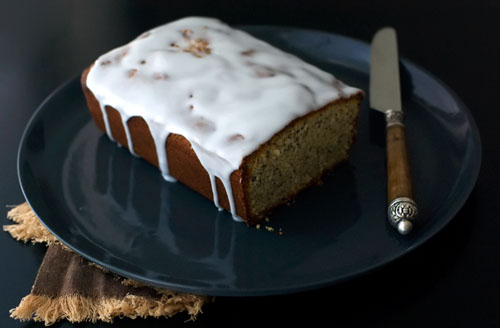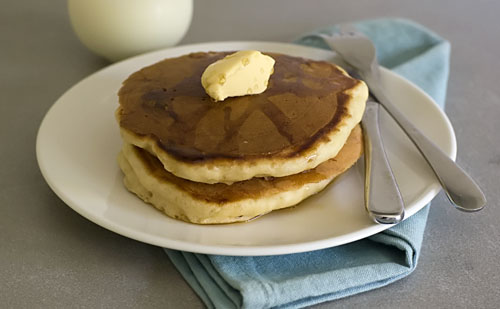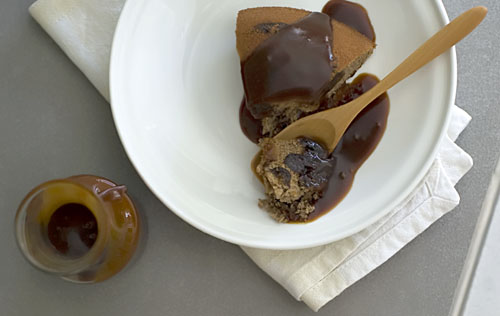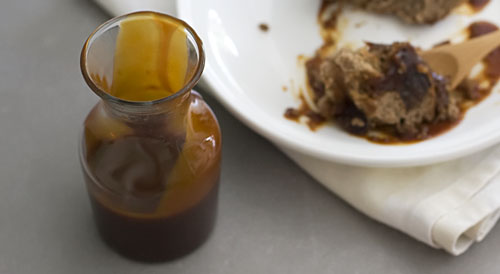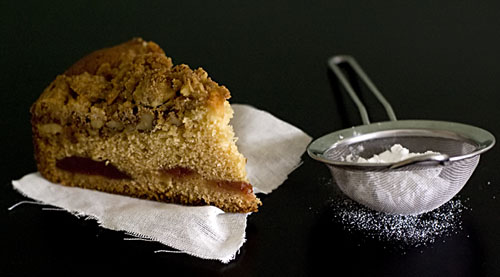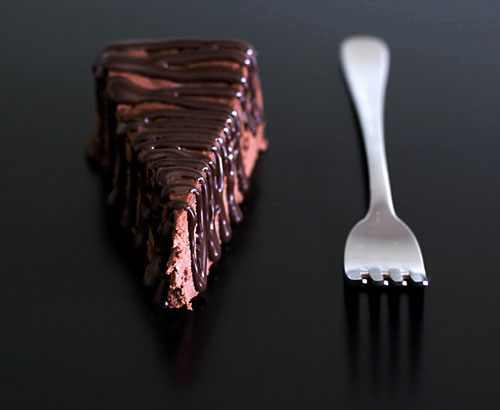Keeping your wheats about you
A decade or so ago, I met and befriended an investment banker who frequented the sandwich shop I worked at. My job was a short-lived part time distraction I loved, which earned me a bit of spending money while I was still studying. His was a boring job, earning obscene amounts of money (his words) and he looked the part to boot. Very Mad Men, now that I think about it. Complete with grey fedora.
We hung out a few times and he spoke wistfully of wanting to travel around the country. One day, he paid for his sandwich and said that he wasn’t going to be back as he had quit his job to chase a dream. We didn’t keep in touch which was a shame, because I still wonder if he’s living his dream. If I met him again, I’d also like to tell him that I’m managing to slowly chase mine.
I never did like studying much. Perhaps it was because my parents placed so much emphasis on it as a sign of success. School, piano lessons, violin lessons, computer classes. None of it seems to amount to what I enjoy doing now, but I don’t regret any of it. Doing what you don’t like sometimes leads to the discovery of what you do like. After I graduated from University, I approached a few restaurants looking for a job and finally someone did give me a break. There have been many ups and downs since but I’m still making things with my hands, still feeding people and hopefully bringing smiles to faces.
Life before cake was happy and sweet. Life after cake is just as good. But with cake.
Wheat-free lemon poppyseed cake :
(based on a recipe in Flour by Joanne Chang)
120g brown rice flour
120g barley flour
1/2 teaspoon sea salt
3/4 teaspoon baking powder
1/2 teaspoon xanthan gum
150g unsalted butter, melted
60g cream (35% fat)
3 tablespoons finely grated lemon zest
1 tablespoon fresh lemon juice
3 tablespoons poppy seeds
4 eggs
220g caster sugar
Preheat the oven to 175’C. Line a 9 x 5 inch loaf pan with baking paper.
Sift the flours, baking powder, xanthan gum and salt together.
In another bowl, combine the melted butter, cream, lemon zest, juice and poppyseeds.
In a stand mixer, whisk the eggs and caster sugar on medium speed for about 5 minutes or until light and fluffy. Fold in the flour mixture, then the butter mixture, until combined. Pour the batter into the prepared pan and bake for 1 hour or until the cake is golden brown and a skewer inserted into the cake comes out clean. Allow the cake to cool slightly before glazing the still-warm cake with a lemon icing.
For the glaze, mix 70g icing sugar with 1 to 2 tablespoons of lemon juice and spread it over the cake.
Tags: barley flour, cake, lemon, poppyseed, teacake, wheat-free

